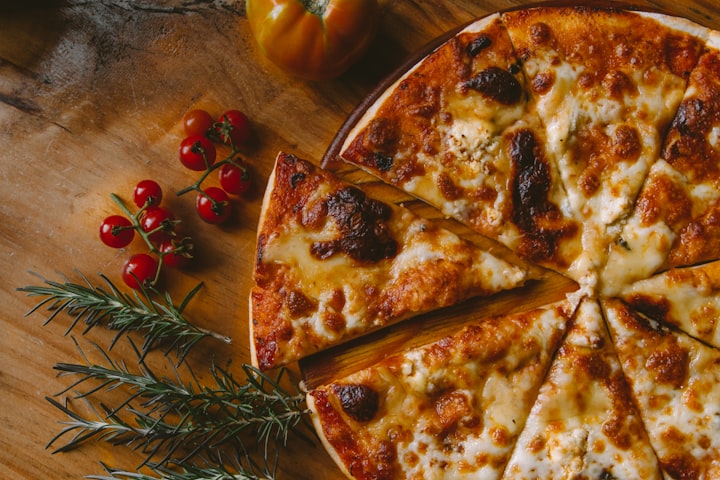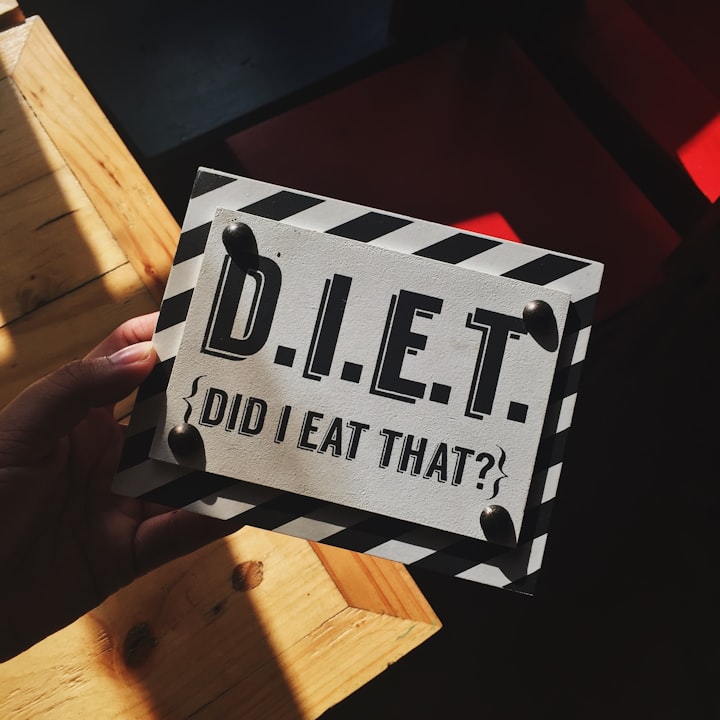
Not too long ago, the word gluten wasn’t as well known. Today, a gluten-free diet is branded as an “ideal diet” by many.
If you are thinking of, or are currently following a gluten-free diet, you are not alone. According to Forbes, in 2017, around 3.1 million people across the United States were following a gluten-free diet. 72% of them avoided gluten despite not having celiac disease.
With these numbers, the food industries have jumped on the gluten-free wagon. They have provided us with the gluten-free alternatives we can find in our supermarkets and restaurants today.
The overwhelming adherence to this gluten-restricting diet makes you wonder if it is really worth the hype. Will avoiding gluten improve your health? Will it help you lose weight? Or will it actually put your health at risk?

What Even Is Gluten?
A recent NSF International survey found that 90% of Americans have heard of gluten, but 54% defined gluten incorrectly or were unable to define it. So before we go into whether it is healthy for you or not, it’s critical to first understand what you might be actively avoiding.
Gluten is the name given to a family of proteins found in all forms of wheat, kamut, spelt, rye, barley, triticale, and malt. These proteins help bind foods together and help in maintaining shape.
Where Is It Found?
According to the Celiac Disease Foundation, foods that commonly contain gluten are:
- Pasta: ravioli, dumplings, couscous, and gnocchi
- Noodles: ramen, udon, soba (those made with only a percentage of buckwheat flour) chow mein, and egg noodles.
- Bread and Pastries: croissants, pita, naan, bagels, flatbreads, cornbread, potato bread, muffins, donuts, rolls
- Crackers: pretzels, goldfish, graham crackers
- Baked Goods: cakes, cookies, pie crusts, brownies
- Cereal and Granola: corn flakes and rice puffs often contain malt extract/flavoring, granola often made with regular oats, not gluten-free oats
- Breakfast Foods: pancakes, waffles, french toast, crepes, and biscuits.
- Breading & Coating Mixes: panko breadcrumbs
- Croutons: stuffings, dressings
- Sauces & Gravies: traditional soy sauce, cream sauces made with a roux
- Flour tortillas
- Beer (unless explicitly gluten-free) and any malt beverages
- Brewer’s Yeast
- Anything food that has “wheat flour” as an ingredient
Several foods might contain gluten. To know for sure, you must read the label of the food or check with the manufacturer/kitchen staff. These foods might include energy bars/granola bars, french fries, potato chips, processed lunch meats, candy and candy bars, soup, multi-grain or “artisan” tortilla chips or tortillas, salad dressings and marinades, starch or dextrin, brown rice syrup, meat substitutes, soy sauce, self-basting poultry, pre-seasoned meats, cheesecake filling, and eggs served at restaurants.
Gluten might be hiding in places you’d never suspect

Do you think if you avoid all the foods above, you will avoid gluten completely? Surprise! The answer is not necessarily. You might be exposed to gluten by specific products you might be using.
The following items might contain gluten and must be verified by reading the label or checking with the manufacturer: lipstick, lipgloss, lip balm, or other cosmetics used near the mouth, oral care and dental products, communion wafers, herbal or nutritional supplements, drugs, and over-the-counter medications, vitamins and supplements, and play-dough.
In case you haven’t yet realized, to know if a certain product contains gluten you must read the food label. It's critical to always read the label of any food product to make sure it is gluten-free.
Also, products labeled wheat-free are not necessarily gluten-free. They might still contain ingredients that have gluten. Here your label reading skills come in handy.

Cross-Contact Causes Gluten-Free Foods To Have Gluten
A study has found that the contamination prevalence of industrial food products was 13.2%, and in non-industrial food products, it was 41.5%. This puts individuals who should be avoiding gluten at great risk of ingesting it.
Cross-contamination occurs when foods or ingredients come in contact with gluten. This usually happens when utensils are shared or the cooking/storage environment is common between gluten-free and gluten-containing products. Cross-contamination could happen anywhere that food might be exposed to gluten, such as at home, a restaurant, the factory, etc.
When preparing foods that don’t have gluten, it is important to actively avoid cross-contact.
The Gluten-Free Diet

As the name suggests, a gluten-free diet is an eating plan that excludes foods and ingredients that contain gluten. This includes avoiding the foods mentioned above, such as pasta and bread, and avoiding cross-contamination.
Some foods that are usually consumed on this diet could include meats and fish, eggs dairy, fruits and vegetables, grains, starches and flours, nuts and seeds, spreads and oils, herbs and spices, and most beverages. This list of foods does not necessarily mean there is no gluten or cross-contamination. Make sure to read the labels.
The following is a sample menu of a day on the gluten-free diet, according to Healthline:
- Breakfast: Overnight chia seed pudding — 2 tbsp (28 grams) chia seeds, 1 cup (240 ml) Greek yogurt, and 1/2 tsp vanilla extract with sliced fruits of your choice. Let sit in a bowl or Mason jar overnight.
- Lunch: Chicken, lentil, and veggie soup.
- Dinner: Steak tacos — steak, mushroom, and spinach served in gluten-free corn tortillas.
Who Would Benefit From A Gluten-Free Diet

Contrary to what you’ve been hearing everywhere, a gluten-free diet is neither healthy nor ideal for everyone.
A gluten-free diet is necessary for managing the signs and symptoms of celiac disease and other medical conditions related to gluten. These other conditions could include non-celiac gluten sensitivity, wheat allergy, gluten ataxia, and dermatitis herpetiformis.
According to the U.S. Department of Health and Human Services, celiac disease affects about 1 in 141 people in the United States. In those with celiac disease, indestructible molecules of gluten can slip through the intestinal lining and cause inflammation in the intestines, according to the Mayo Clinic.
As you might already know, a gluten-free diet is now followed by people without gluten-related medical conditions. There are several claims that this diet improves health and helps with weight loss. It has been proven that these fad diet's claims are not necessarily true.
The biggest risk of this diet is missing out on a healthy, well-balanced diet. The foods avoided in a gluten-free diet provide important vitamins and other nutrients. So, by following a gluten-free diet, you will likely be changing your nutrient intake.
Gluten-free foods, especially refined foods, deprive consumers out of the many health benefits of whole grains. This might cause a serious lack of critical nutrients such as fiber, iron, zinc, folate, niacin, thiamine, riboflavin, calcium, vitamin B12, and phosphorus.
For those who only eat foods that are inherently gluten-free, like fruits, vegetables, gluten-free whole grains, lean protein, healthy fats, a gluten-free diet can be a healthy diet.
On the contrary, if you replace gluten-containing products with highly processed gluten-free foods like pastries, energy bars, etc., you will not be following a healthy diet and you will not lose weight. In fact, you may gain weight as many of the gluten-free foods are higher in calories than their gluten-containing replacements.
So basically whether a gluten-free diet is healthy or not falls down to what kinds of food you consume, similar to any diet you follow. But for the most part, if you don’t have a medical condition that requires avoiding gluten, then going gluten-free not only might adversely affect your health but might also set you back in your weight loss journey.
There is an additional disadvantage that comes with following a gluten-free diet that we have not yet mentioned. That is the financial disadvantage. If you’ve ever tried shopping for gluten-free products, you might have realized a great pricing difference between gluten-containing products and those that are gluten-free. Gluten-free products are usually more expensive than gluten-containing products and in the long run, might put a strain on your wallets.
Final Thoughts

The gluten-free diet should probably be left for those that need it. There are several diets that are much healthier and beneficial. Whenever you want to start a new diet, make sure to do your research and consult a nutritionist if you have any questions.
About the Creator
Tina S
A poet, writer, and health enthusiast. I like to take a scientific look at normal life experiences.






Comments
There are no comments for this story
Be the first to respond and start the conversation.